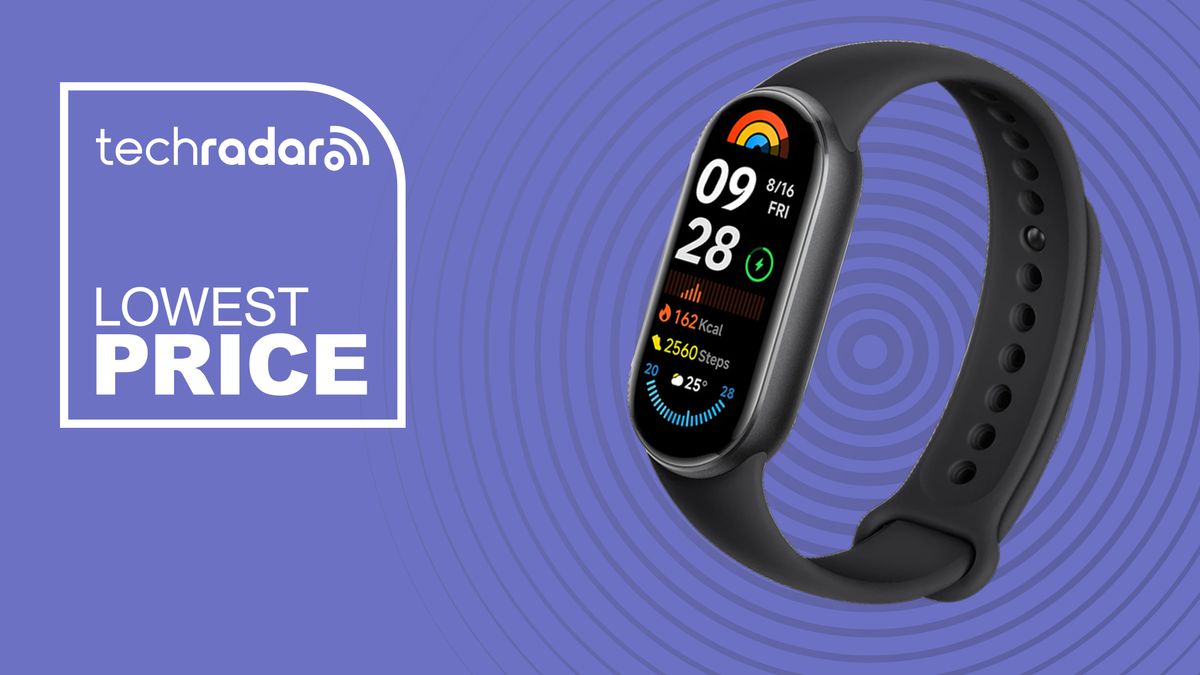Fitness
When You’re Sidelined, Cross-Train Your Way Back to Health Before a Goal Race

Leading up to the 2024 Paralympic Games, Liza Corso was pedaling furiously on a stationary bike parked on the patio of her condo in Nashville, Tennessee. In the brutal summer heat, the two-time Paralympian closed her eyes while visualizing the women’s 1500-meter final.
She imagined the purple track at Stade de France and the uniforms of competitors she’s faced before in the T13 classification (athletes with vision impairment). With pop music blaring in her headphones, Corso pedaled faster in anticipation of the biggest race of her career.
On August 31, Corso’s visualizations finally came to fruition. After spending six weeks cross-training while healing a stress fracture in her left femur, the Lipscomb University senior earned bronze in 4:23.45, just over a second behind two-time Paralympic champion Tigist Mengistu of Ethiopia and silver medalist Ezzahra El Idrissi of Morocco. After the race, the athlete from Newmarket, New Hampshire, shared on Instagram she only ran eight miles over the course of six weeks in the lead-up to the event in a brutal buildup that tested her mentally and physically.
So, how did the 21-year-old pull off winning a Paralympic medal while healing from an injury and not being able to run? In an interview with Runner’s World, Corso shared the many highs and lows of the cross-training regimen that helped her safely prepare for a standout performance on the world stage.
July 1-July 26: Processing the Injury
About three weeks before the U.S. Paralympic Trials on July 18-20, Corso started feeling pain in her left quad. She went to see the doctor and got an MRI in the area where her quad meets her hip, which showed she had tendonitis. After recovering from a stress fracture in her tibia during the indoor track season earlier this year, the diagnosis was a relief for Corso. “I didn’t want tendonitis, but I was scared of something [in the] bone so I was like, this is the best case scenario. I can keep running through it,” she said.
Though the pain continued to get worse leading up to the national championship in Miramar, Florida, Corso still managed to compete in the women’s 1500 meters and earn a spot on Team USA. But with the pain intensifying, Corso visited the doctor again. This time, they did an MRI on her femur. About a week after the race, Corso learned she had a stress fracture.
“Once I found out I was still able to go and we were going to come up with a plan to race as safely as possible, that gave me a little bit of peace,” she said.
Late July: A Shift in Mindset
Following the diagnosis, Corso worked with her orthopedic doctor, physical therapist, and coach Nick Polk to determine next steps.
With her type of injury, Corso said the doctors recommended she stop running for six to eight weeks. Because she had already been cross-training leading up to the Trials, they predicted she’d be able to return to running a week before the Paralympic 1500-meter final. They felt confident she could heal while maintaining fitness through cross-training.
Three years after earning silver in the 1500 meters in 4:30.67 at the Tokyo Paralympic Games—while shattering her previous personal best by 13 seconds—Corso realized she needed to shift her preparation completely going into her second Paralympics.
When coming up with a cross-training plan with her coach, Corso focused on mimicking the same training she’d do while running. On the bike and in the pool, Corso did workouts that maintained the same heart rate she’d experience in a track session, quality run, or long run. However, the volume on the bike or in the pool was longer than a typical running workout (she usually averaged 90 minutes to two hours each day while cross-training).
To avoid fatiguing different muscle groups, Corso went back and forth between the two exercises, hitting the bike for one day and following it with either swimming or aqua jogging the next. She also incorporated an easy day each week to recover from the increased number of hours spent cross-training.
Though Corso struggled to feel like she was building the same level of fitness, seeing her heart rate reach 160 beats per minute for 90-minute sessions and hover between 175 to 180 for hard workouts ended up being a source of encouragement. “My coach said, ‘Your heart doesn’t know the difference between if you’re running or if you’re biking,’” Corso said.
Late July to August 31: Monitoring the Pain
In the first two weeks after the Paralympic Trials and following her diagnosis, Corso’s main priority was to walk pain free. Working with her physical therapist, she focused on limiting any weight-bearing activity, using crutches when she wasn’t cross-training for the first three days post-diagnosis. While gradually using the crutches less and less, Corso was able to walk pain free without them about two weeks after the diagnosis.
Corso also incorporated blood flow restriction (BFR) into her training. The method involves the application of a cuff (tourniquet) proximally to the muscle that is being trained. The cuff is inflated to a specific pressure with the aim of blocking the blood vessels. The idea is to help strengthen muscles and promote healing, Corso said. She usually put the cuffs on both quads for the last 10 minutes of each bike session. “It makes [the workout] a lot harder because the blood flow is restricted, so you’re supposed to get more out of your workout by wearing them because it’s a greater fatigue to the muscles,” Corso said.
During the last 10 minutes of those tough sessions, Corso also practiced visualization. While pushing herself on the bike, Corso imagined running at a fast pace on the track and the different scenarios that could play out during the Paralympic final in Paris. Because she experiences eye fatigue when her eyes are open—Corso has a low-vision disorder called albinism, which renders her vision 20/200, according to Team USA—she closed her eyes while visualizing the moment.
She also relied heavily on her college teammates for support. While they logged miles on the grass for the fall cross-country season—Lipscomb is ranked No. 11 in the country after finishing 11th at the 2023 NCAA Cross-Country Championships—they encouraged Corso during her workouts on the bike and in the pool.
August 24: Return to the Track
After five weeks of cross-training and walking without pain, Corso was cleared to do small amounts of running a week before the Paralympics.
To slowly reintroduce her muscles and nerves to the movement, she did three short track workouts, which included an 800-meter warmup, intervals of either 200 or 400-meter repeats, and an 800-meter cooldown. In total, she logged about eight miles in the seven days before the race.
Though she felt clumsy over the laps at first, Corso tried to focus on the elements she could control and the uplifting thoughts that would serve her heading into the race. Most importantly, she was pain free.
August 31: Race day
At Stade de France, Corso put herself in contention among the leaders early on. By the homestretch, she was in third place but couldn’t tell how fast the other competitors were closing in behind her. When she reached the finish line and earned a spot on the podium again, Corso felt overwhelmed knowing she conquered weeks of mounting self doubt and worry to accomplish her goal under difficult circumstances.
“To be able to prove to myself that I didn’t let those [negative thoughts] win, and I chose the harder path—to keep a positive mindset and work through some pretty lonely and draining cross-training sessions—it all ended up being worth it,” she said.
Looking back on her experience this summer, Corso hopes other runners can find their own hard-fought victory amid the healing process, knowing how powerful team support and mental tools can be in difficult situations.
Taylor Dutch is a writer and editor living in Austin, Texas, and a former NCAA track athlete who specializes in fitness, wellness, and endurance sports coverage. Her work has appeared in Runner’s World, SELF, Bicycling, Outside, and Podium Runner.








